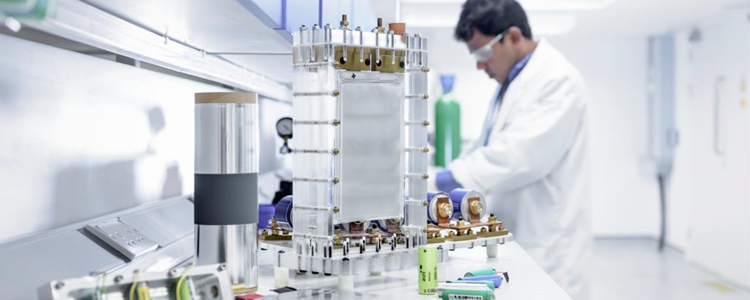
India Ratings and Research (Ind-Ra) believes that the proliferation of energy-efficient battery technologies is likely to bring about a paradigm shift in the business models of players across various industries, ranging from renewable energy to automobile and oil & gas. The agency believes that the pace of development, adoption and commercialisation of such technologies will increase, driven primarily by significant technological advancements and realisation of economies of scale in the battery manufacturing space. The displacement arising out of the proliferation of such technologies could have major consequences for both generators and users of energy as elaborated in Ind-Ra’s report titled “Battery Technology to Disrupt Energy Landscape”.
Material costs account for around 60% of the total cost of the battery. This is primarily because electrodes used in a battery require noble materials in large quantities. Thus, battery prices are susceptible to movements in the global lithium, cobalt and nickel prices. The report critically evaluates the evolution of storage technologies, the roadblocks and movement in key input prices and Ind-Ra’s expectations regarding the key cost drivers for the medium to long term.
The adoption of efficient battery technologies shall be driven by the pace at which economies of scale are achieved, the nature of regulatory support and the development of the associated infrastructure. The report maps the likely impact on each sector, the timeline of such impact and the outstanding debt levels to better understand the disruption arising out of the advent of such technologies.
The adoption of energy-efficient battery and storage solutions is likely to augur well for the renewable energy space. The availability of commercially exploitable large-scale storage facilities is likely to facilitate transition from conventional sources, primarily thermal, to alternative sources. This could result in a demand for around 450 billion kWh of battery storage by FY32. Ind-Ra has highlighted the prices at which the use of efficient battery technology will become economically viable based on various rates of return and useful life scenarios.
Thermal Power Generation to Decline, Coal Demand Likely to be Affected: Ind-Ra’s analysis indicates demand for thermal power could reduce to around 290GW of generation capacity by FY32 on a 4GW increase in solar power capacity addition and 1GW increase in wind power capacity addition. Consequently, existing and upcoming thermal projects could face pressures on their returns over the longer time horizon. The agency believes that this would accelerate the pace at which the decommissioning of ageing thermal plants will be undertaken FY25 onwards. Ind-Ra’s analysis indicates that in this case, coal demand could peak as early as FY26. The agency has in depth analysed the share of thermal power under various scenarios coupled with the corresponding demand for coal up to FY32 under each scenario.
EV penetration depends upon the range of EVs, battery cost, battery life and infrastructure for charging, battery swapping and battery disposal. This may pose challenges for ancillaries manufacturing internal combustion engines related components and spares, while players manufacturing other components such as electronic parts are likely to be required to invest in newer technologies consistent with the objective of optimising overall energy consumption. While the precise time-frame may vary, the adoption of EVs is an eventuality.
Ind-Ra would publish a series of reports on the impact of adoption of energy-efficient battery technologies on other sectors, among other issues during the course of the next three months.


